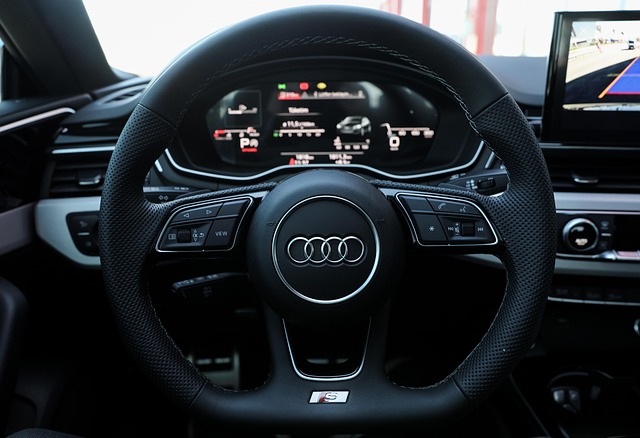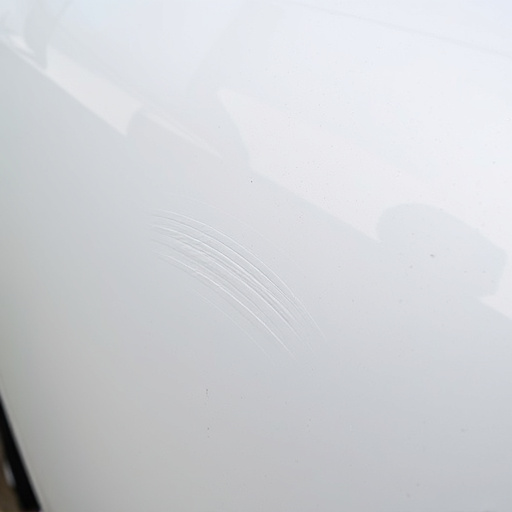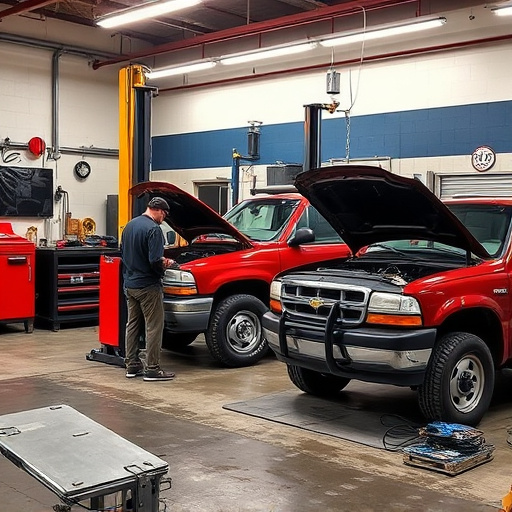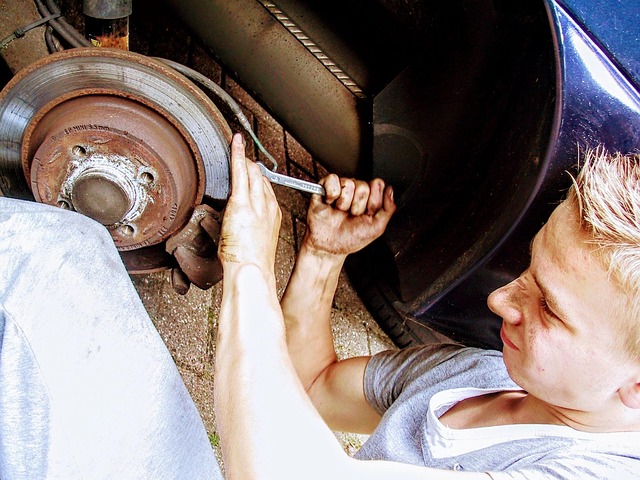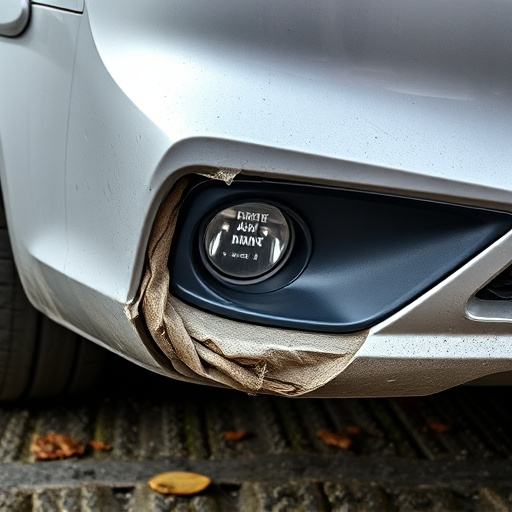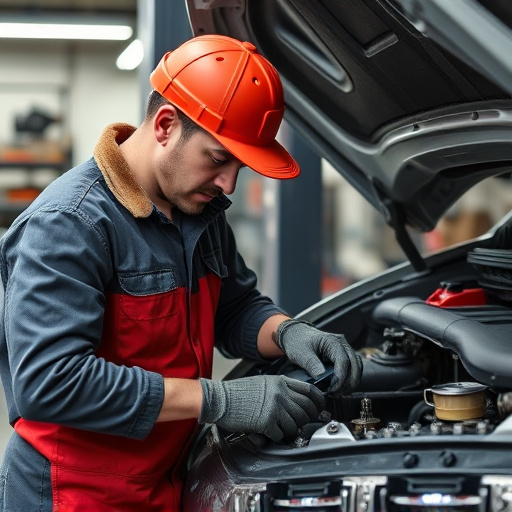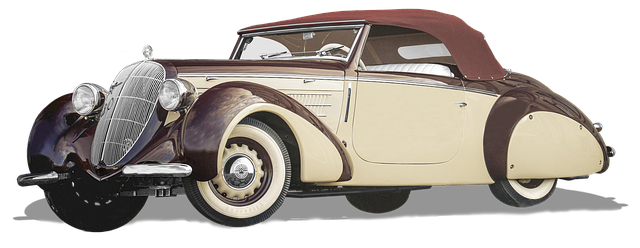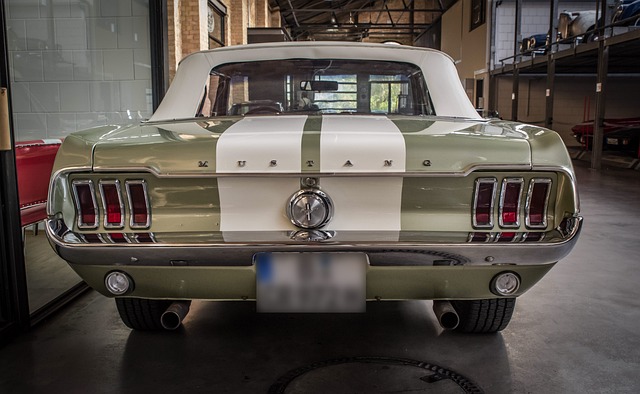Tesla sets high bar for car adhesives, demanding performance, durability, safety, and aesthetic quality for repairs on models S, 3, X, and Y. Tesla-approved adhesives must withstand extreme temperatures, environmental factors, and electric vehicle demands while adhering to strict safety standards. These specialized adhesives, including epoxy, acrylate, and silicone compounds, ensure structural integrity and maintain original aesthetics, with benefits like safer repairs, reduced warranty claims, and compliance with Tesla's rigorous standards for collision repair shops.
“Tesla vehicles are renowned for their cutting-edge technology and sleek design. Behind this innovation lies a rigorous standard in material selection, particularly when it comes to Tesla-approved adhesives. This article delves into the adhesive solutions used in Tesla Models S, 3, X, and Y, exploring how these specialized products meet the brand’s stringent requirements. From understanding the underlying standards and specifications to highlighting the benefits and challenges, we uncover the importance of Tesla-approved adhesives in ensuring vehicle performance and durability.”
- Understanding Tesla's Adhesive Standards and Specifications
- Types of Adhesives Used in Tesla Models S, 3, X, and Y
- Benefits and Challenges of Tesla-Approved Adhesive Solutions
Understanding Tesla's Adhesive Standards and Specifications
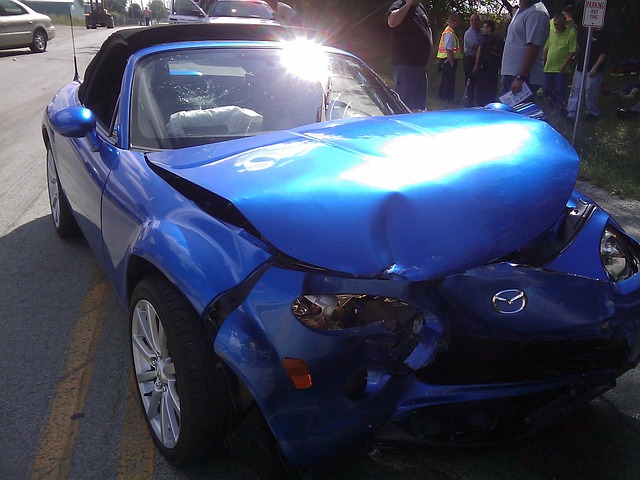
Tesla, known for its cutting-edge technology and innovative vehicle designs, sets stringent standards when it comes to adhesives used in its cars. For Tesla-approved adhesives, the company specifies precise requirements to ensure superior performance and durability. These include resistance to extreme temperatures, environmental factors, and the ability to withstand the rigorous demands of electric vehicles. Adhesives must also meet strict safety standards, considering both driver safety and the overall structural integrity of the vehicle.
When it comes to car body repair or even car paint services, using Tesla-approved adhesives is crucial for maintaining the vehicle’s original quality and aesthetics. This extends beyond mere aesthetic appeal; proper adhesive selection plays a vital role in preventing future damage and ensuring that any car damage repair is executed seamlessly and durably. By adhering to Tesla’s specifications, repair professionals can guarantee that vehicles like the Model S, 3, X, and Y remain in top condition for years to come.
Types of Adhesives Used in Tesla Models S, 3, X, and Y
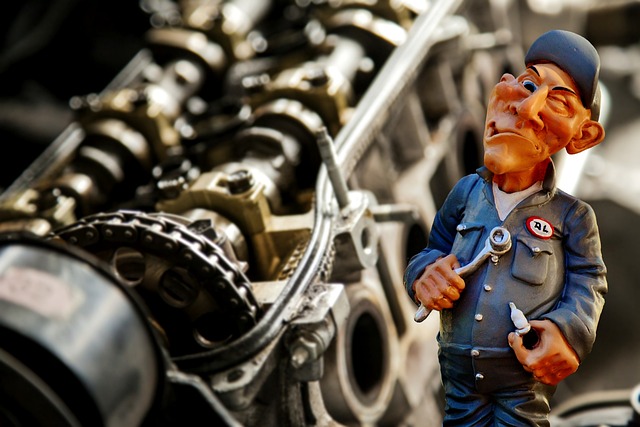
Tesla-approved adhesives play a crucial role in ensuring the superior build quality and durability of their vehicles, from the sleek Model S to the compact Model 3, the robust X, and the family-oriented Y. These automotive body shop essentials are carefully selected to meet Tesla’s rigorous standards, guaranteeing both structural integrity and aesthetic perfection. Among the types of adhesives used, epoxy-based compounds excel in bonding metal and composite materials, commonly employed in modern electric vehicle construction.
For intricate assembly processes, especially with the complex bodies of Tesla models, strong yet flexible adhesives are indispensable. This includes acrylate adhesives known for their quick curing properties, ideal for high-speed production lines. Additionally, silicone sealants find applications in sealing and protecting against moisture, a critical factor in maintaining the advanced electrical systems of these vehicles. Proper use of these Tesla-approved adhesives facilitates efficient dent removal and seamless automotive repair, contributing to the longevity of each vehicle.
Benefits and Challenges of Tesla-Approved Adhesive Solutions
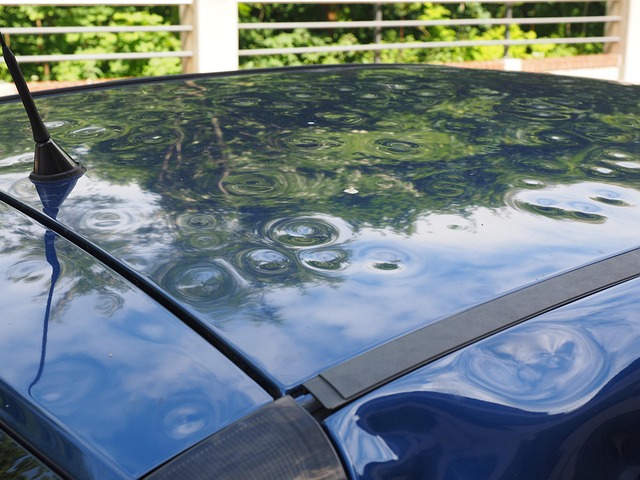
Tesla-approved adhesives offer significant advantages for vehicle owners and collision repair shops alike. These specialized bonding solutions are designed to meet Tesla’s rigorous quality standards, ensuring superior performance and durability in various environmental conditions. By utilizing Tesla-approved adhesives, auto body repair professionals can achieve seamless repairs, enhanced structural integrity, and improved overall aesthetics on Model S, 3, X, and Y vehicles—a crucial aspect for maintaining the vehicle’s original manufacturer warranty.
However, implementing Tesla-approved adhesive solutions also presents certain challenges. Collision repair shops need to invest in specialized training and equipment to handle these advanced adhesives effectively. Moreover, staying updated with Tesla’s evolving adhesive specifications can be demanding, requiring constant vigilance to ensure compliance. Despite these challenges, the benefits of using approved adhesives far outweigh the difficulties, ensuring safer, more reliable repairs for Tesla vehicles while potentially reducing warranty claims related to poor adhesive performance in auto body repair.
Tesla’s commitment to innovation extends to its choice of adhesives, ensuring top-tier performance and durability in models S, 3, X, and Y. By adhering to strict standards and specifying high-quality solutions, Tesla guarantees the long-term integrity of its vehicles. Tesla-approved adhesives play a vital role in maintaining the structural integrity, water resistance, and overall aesthetic appeal of these electric vehicles, setting a new benchmark for the industry.
